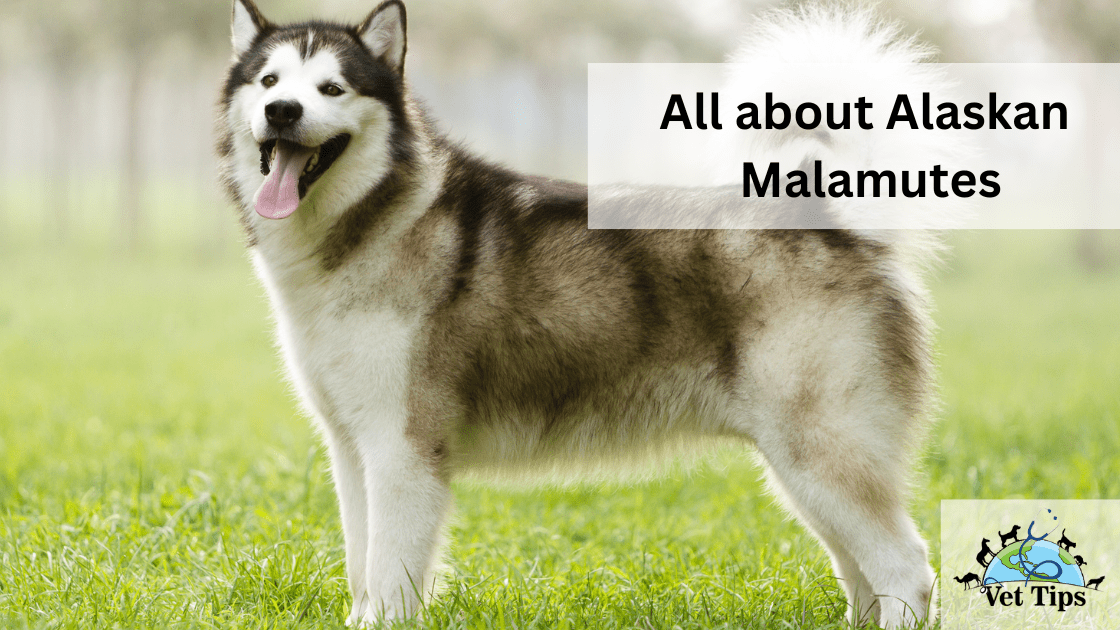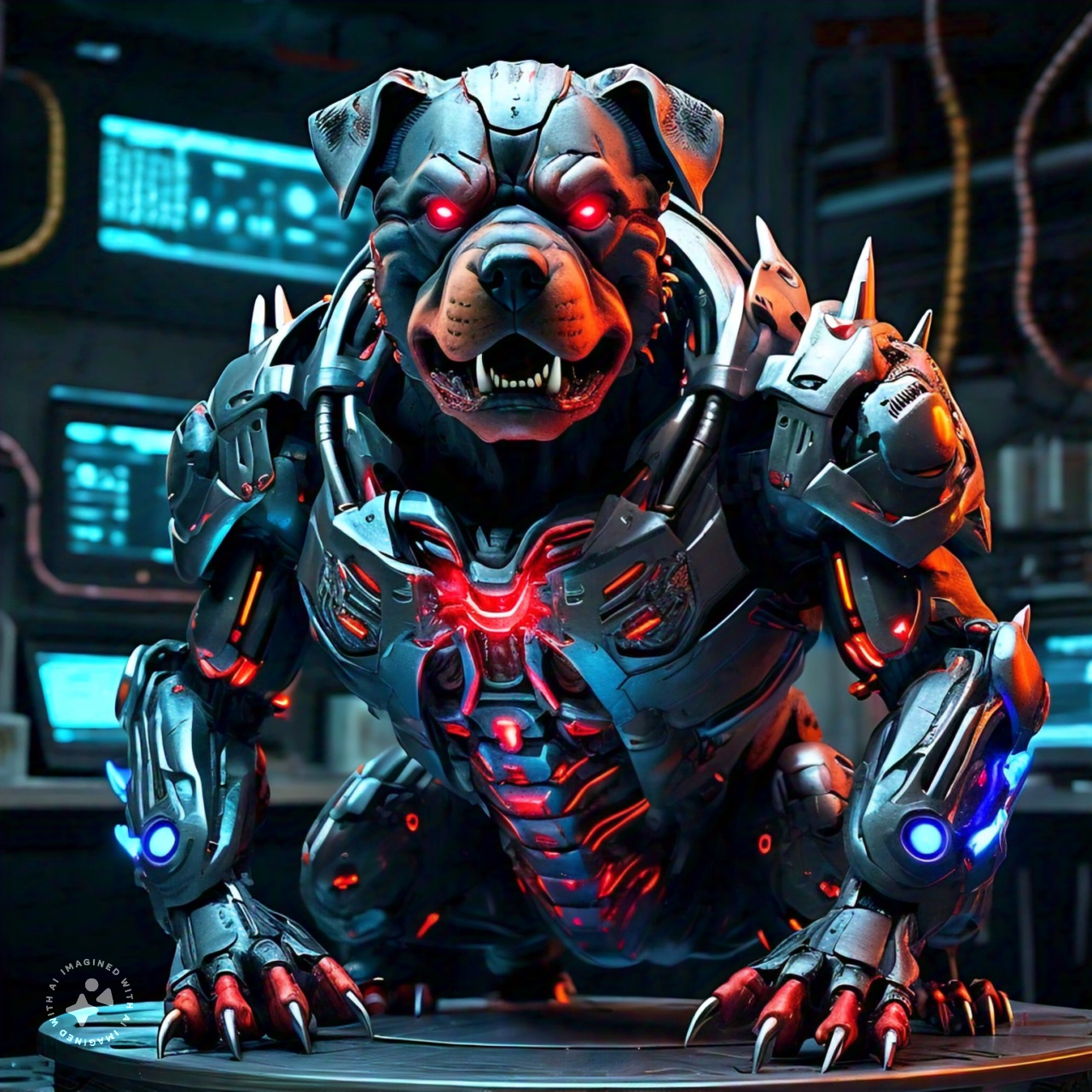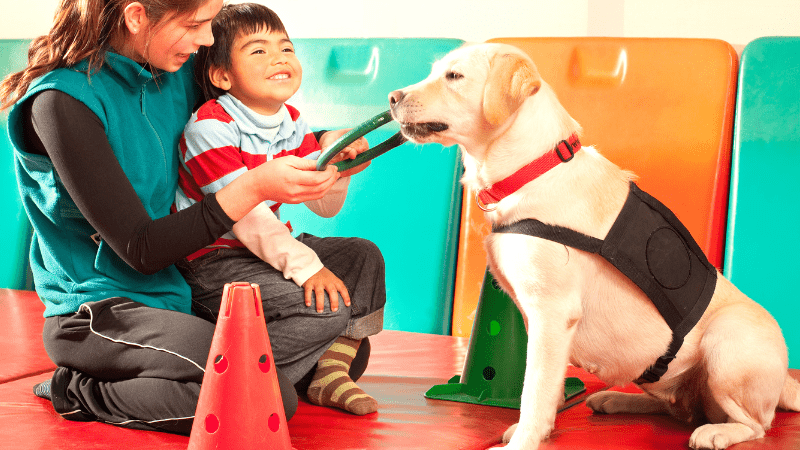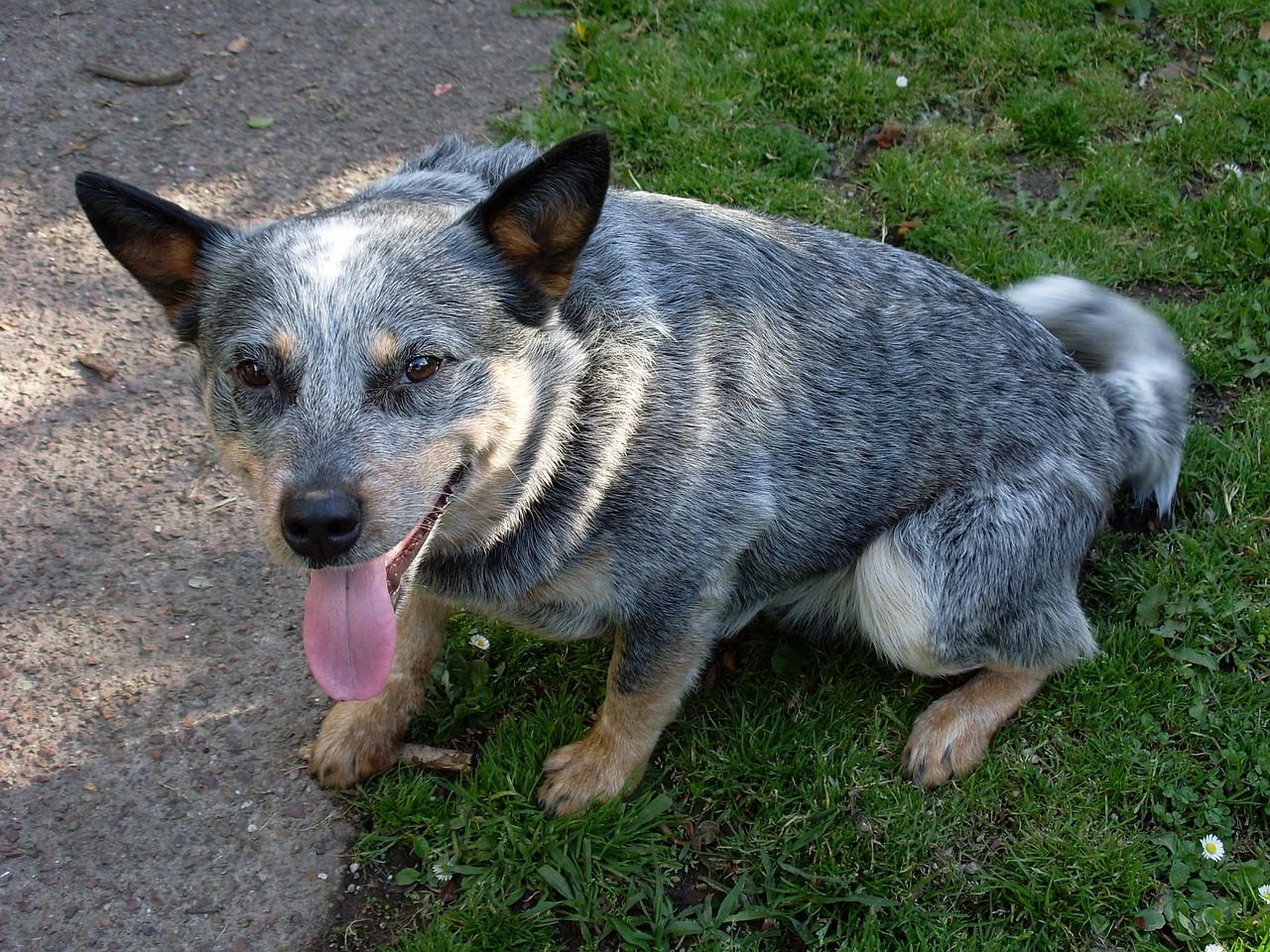Alaskan Malamutes are majestic and powerful dogs known for their strength, endurance, and friendly nature. Originating from Alaska, these dogs have a rich history of working alongside humans in challenging Arctic conditions. In this article, we will delve into the fascinating world of Alaskan Malamutes, discussing All About Alaskan Malamutes and exploring their characteristics, care requirements along with the joys of having them as companions.
All about Alaskan Malamutes
Alaskan Malamute is a loyal, loving, and playful but dignified dog known by his well-furred plumed tail carried over the vertebral column, substantial bone and erect ears.
Breed Characteristics
- Group: Working Group
- Temperament: Affectionate, Playful, Loyal
- Height: 24 inches (male), 23 inches (female)
- AKC Breed Popularity: Ranks 58 of 197
- Weight: 84 pounds (male), 74 pounds (female)
- Life Expectancy: 10-14 years
Alaska Malamute will weigh between 75 and 85 pounds. Malamute comes in solid white, grey and white, seal and white, red and white, raven and white, and black and white. Alaskan Malamute’s eyes are typically brownish in colors.
History
As his name indicates, the Malamute is native to Alaska. Early Eskimos, who called themselves Inuit, meaning “the people,” were nomads who relied on dogs and sledges to transport themselves and their goods through their snowy barren land. Besides pulling sledges or carrying burdens themselves, the dogs helped hunters seek out polar bears and other food animals. These dogs, the ancestors of Alaskan Malamutes, belonged to the Spitz family of dogs, which includes Chow Chows, Akitas, Finnish Spitz, American Eskimo, Samoyeds, Siberian Husky, Norwegian Elkhounds, and many more
Physical Characteristics
Alaskan Malamutes are large and robust dogs with distinct features. Here are some key physical characteristics:
Size and Build
Malamutes are considered one of the largest Arctic dog breeds. They have a sturdy and well-muscled build, with males typically weighing between 75-100 pounds (34-45 kg) and standing around 24-26 inches (61-66 cm) tall. Females are slightly smaller, weighing 65-85 pounds (29-39 kg) and standing 22-24 inches (56-61 cm) tall.
Coat and Colors
Their double coat is thick and insulating, allowing them to withstand cold temperatures. Alaskan Malamutes come in a variety of colors, including shades of black, gray, sable, and red. Their coats may feature striking markings and a distinctive “mask” around their face.
Temperament and Personality
Malamutes will win you over with their lively, outgoing dispositions. They greet everyone as friends, even strangers and first-time guests. So they are not good watchdogs, but they are incredibly loyal to their family and friends. Alaskan Malamutes are pack animals, and they love to enjoy spending time with their human pack and insist on being involved in all the activities that their family does. They’re not barkers, but they howl, and they’re known for their “wow wow” feature.
Their mood is affected by many factors, including heredity, training, and social behaviour. Friendly Alaskan Malamutes are curious and lively, ready to interact with people and stay with them. You may want to adopt a dog in the middle of the street, not kill his littermates or hide in a corner.
Here are some key personality traits:
Social Nature
Malamutes are highly social dogs and enjoy the company of their human family. They form strong bonds and are generally good with children and other pets when properly socialized from a young age.
Independent Spirit
These dogs have a touch of independence and can display a stubborn streak. It’s important for owners to establish themselves as firm, consistent leaders and provide proper training and guidance.
All about Alaskan Malamutes (cont.)
Care and Exercise
Owning an Alaskan Malamute requires commitment and dedication. Here are some essential care tips:
Exercise Needs
Malamutes have high exercise requirements due to their working heritage. Daily exercise, including brisk walks, jogs, or play sessions, is crucial to keep them physically and mentally stimulated. They thrive in spacious environments with opportunities for exploration and play.
Grooming
Their thick coat requires regular grooming to maintain its health and appearance. Brushing their fur a few times a week helps prevent matting and keeps shedding under control. During shedding season, which occurs twice a year, more frequent brushing is necessary.
Training and Socialization
Proper training and socialization are key to raising a well-behaved and happy Alaskan Malamute. Here are some training tips:
Positive Reinforcement
Malamutes respond best to positive reinforcement techniques, such as reward-based training and praise. Harsh training methods or punishment can be counterproductive and may damage the bond between you and your dog.
Early Socialization
Expose your Malamute to various people, animals, and environments from an early age. This helps them develop good social skills and reduces the likelihood of behavioral issues later on.
Pros & Cons of Alaskan Malamute
Pros
- Training: Training Alaskan Malamute is easy.
- Salivation: Alaskan Malomite does not cause excessive salivation
- Watchdog Qualifications: Alaskan Malomites are excellent watchdog.
- Child Friendly: Alaskan Malomites are child-friendly dogs.
- Dog Friendly: Alaskan Malomites like to live with other dogs.
- Elderly Citizen Friendly: Alaskan Malomites is generally recommended for the elderly.
Cons
- Apartment Friendly: Alaskan Malamutes do not like to live in apartments.
- Shedding Level: Alaskan Malamutes are massive shedders.
- Cat Friendly: Alaska Malamutes are not cat-friendly dogs.
- Office Friendly: Alison Malamute is not the best dog breed for the office environment.
- Suitable for first-time employers: Alaskan Malamutes are not ideal for employers of these jobs due to their stubbornness.
Tell us in the comments, how you like our article “All about Alaskan Malamutes”
For similar posts like this, click here.
For the source file click here.









One thought on “All about Alaskan Malamutes”